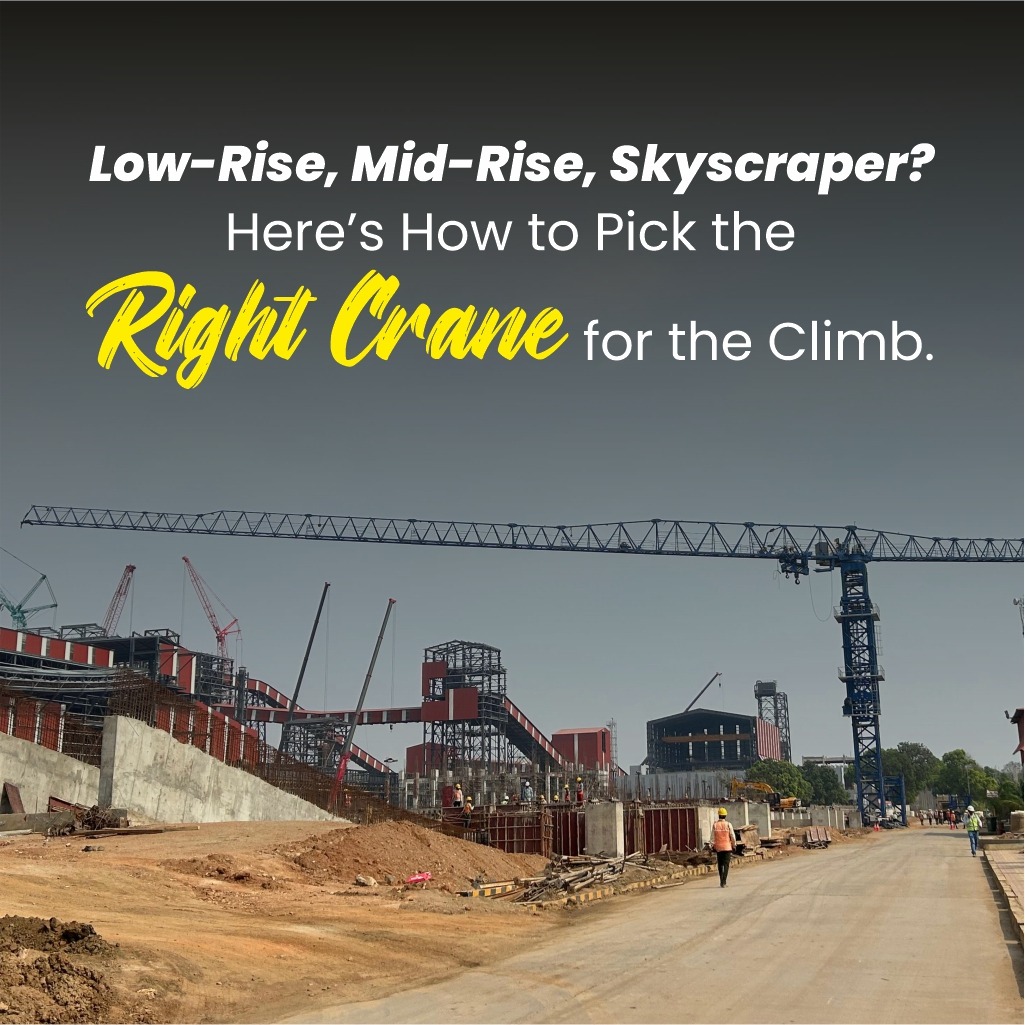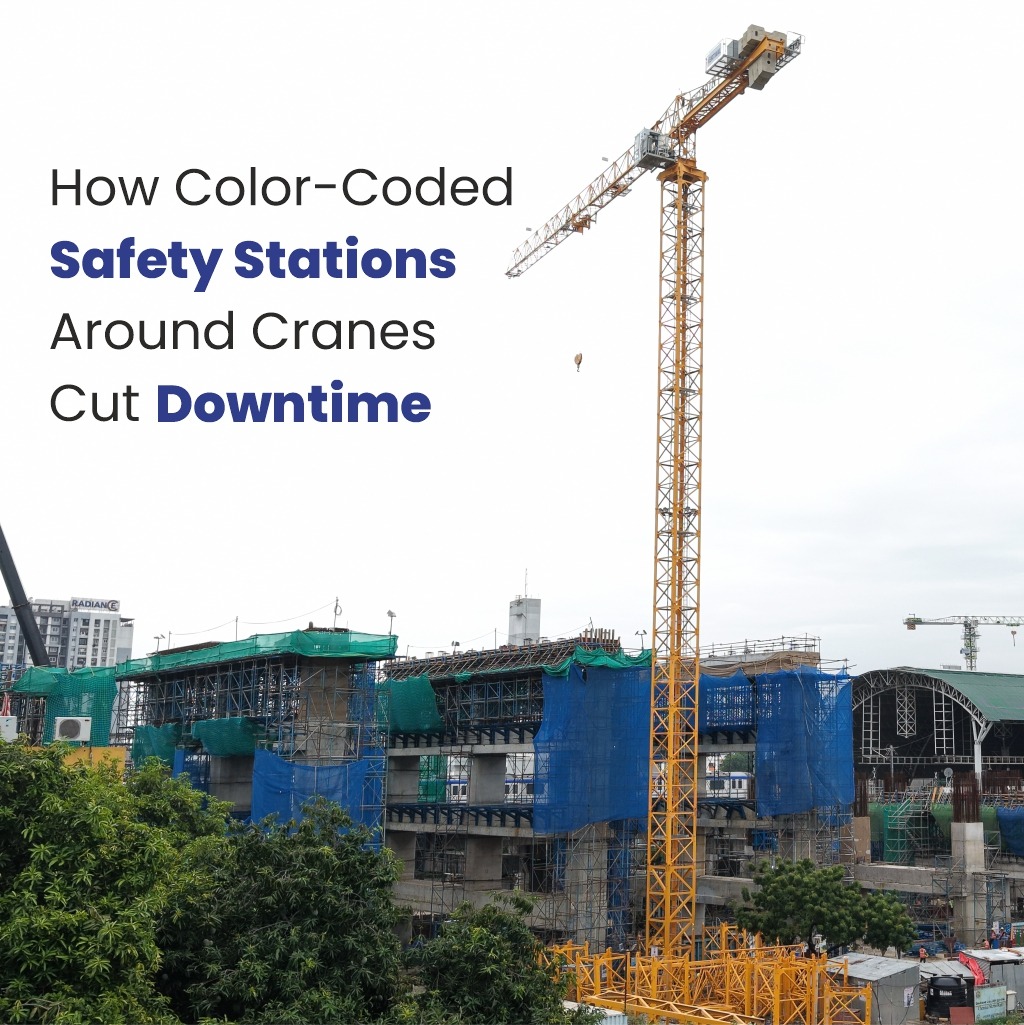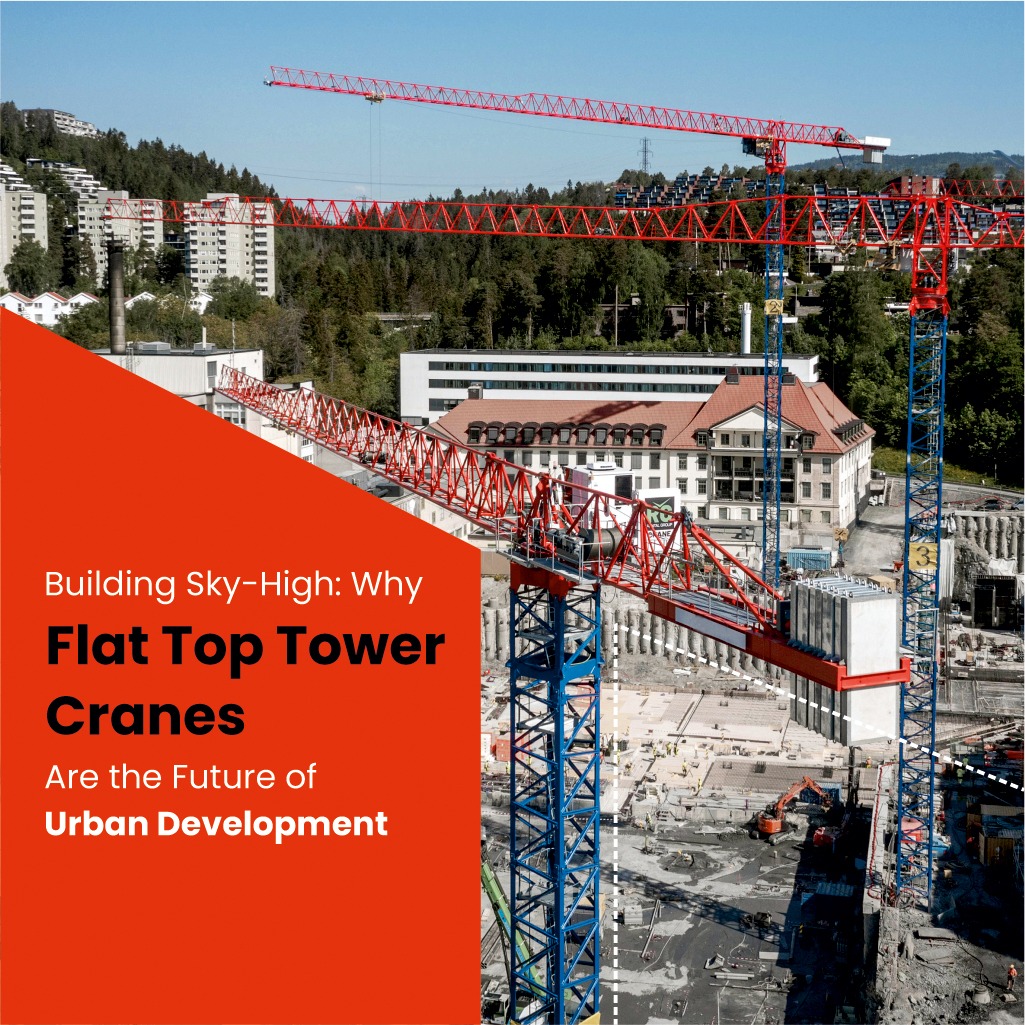
Low-Rise, Mid-Rise, Skyscraper? Here’s How to Pick the Right Tower Crane for the Climb.
ou wouldn’t use a city hatchback to haul a ton of bricks, and you wouldn’t drive a massive lorry through a crowded market just to pick up groceries. It’s common sense: you match the vehicle to the journey—and the same goes for choosing a tower crane.
Choosing a tower crane for your construction project works on the exact same principle. Picking a crane that’s too small can stall your project with delays and safety risks. Picking one that’s too big is like burning money on fuel you don’t need. The “right” crane isn’t just about lifting; it’s about making your entire project more efficient, safer, and cost-effective.
So, how do you match the machine to the mission? Let’s break it down by building height, in a simple guide to get you thinking like a seasoned pro.
1. The Foundation: Low-Rise Projects (Up to 10-12 Stories)
Think schools, residential blocks, retail centers, and small office buildings. For these projects, speed and efficiency on a smaller scale are the names of the game. The site is often compact, and the crane may only be needed for a relatively short period.
Your Go-To Solution: Self-Erecting Tower Cranes (SETCs)
These are the nimble champions of the low-rise world.
- Lightning-Fast Setup: They can often be transported to the site and set up within hours, not days. This means you can get to work faster and reduce disruption.
- Small Footprint: Designed for tight urban or suburban spaces, they can be positioned in places a larger crane simply couldn’t access.
- Cost-Effective: Their quick deployment and smaller operational requirements make them an incredibly economical choice for shorter-term projects.
2. The Core Work: Mid-Rise Buildings (12 to 40 Stories)
Here, we’re talking about the backbone of our city skylines: apartment towers, hospitals, and major office buildings. The lifts are heavier—precast concrete panels, large steel structures—and the crane will be a fixture on your site for many months.
Your Go-To Solution: Hammerhead Tower Cranes
This is the classic, hard-working crane you see on most city horizons.
- The Versatile Workhorse: Hammerheads offer a fantastic balance of height, reach (jib length), and lifting capacity. Their trolley runs horizontally along the jib, allowing precise placement of materials across a wide area.
- Proven Reliability: This design is one of the most trusted and widely used in the industry for its straightforward operation and robust performance.
- Efficient Material Handling: They are ideal for projects that require a consistent, repetitive flow of materials to medium and high elevations.
3. The Ascent: High-Rise & Skyscraper Projects (40+ Stories)
Welcome to the big leagues. When you’re building super-tall structures, you’re in a world of extreme engineering. The challenges are immense: incredible heights, massive loads, and often, extremely congested air space with neighboring buildings or other cranes.
Your Go-To Solution: Luffing Jib Tower Cranes
These are the specialists, built for the most demanding vertical challenges.
- Navigating Tight Spaces: Unlike a hammerhead’s fixed jib, a luffing jib can be raised and lowered, moving from a near-horizontal to a near-vertical angle. This is absolutely critical for avoiding obstacles and working safely on hyper-dense sites.
- Incredible Lifting Power: Luffing jib cranes are engineered to lift heavier loads at greater heights, making them essential for the core structures of skyscrapers.
- The Ultimate Problem-Solver: When you have strict airspace restrictions or multiple cranes working in close proximity, the luffing jib is often the only viable and safe solution.
Beyond Height: A Quick Final Check
While building height is your primary guide, a true professional considers a few other key factors:
- Maximum Load: What’s the single heaviest piece you need to lift? (e.g., an HVAC unit, a major steel beam). This will determine the required capacity.
- Site Footprint: How much ground space do you actually have for the crane’s base and assembly?
- Reach: What is the furthest point from the tower that your crane needs to place a load?
Don’t Guess—Get an Expert Opinion
Choosing the right crane is one of the most critical decisions you’ll make for your project. It impacts your schedule, your budget, and the safety of your entire team. While this guide gives you a great starting point, every project has unique variables.
Don’t leave it to guesswork.
Ready to ensure you have the perfect crane for your next project?
Connect with a Vertikal expert today. We’ll help you analyze your plans and engineer a lifting solution that’s as ambitious as your building.


